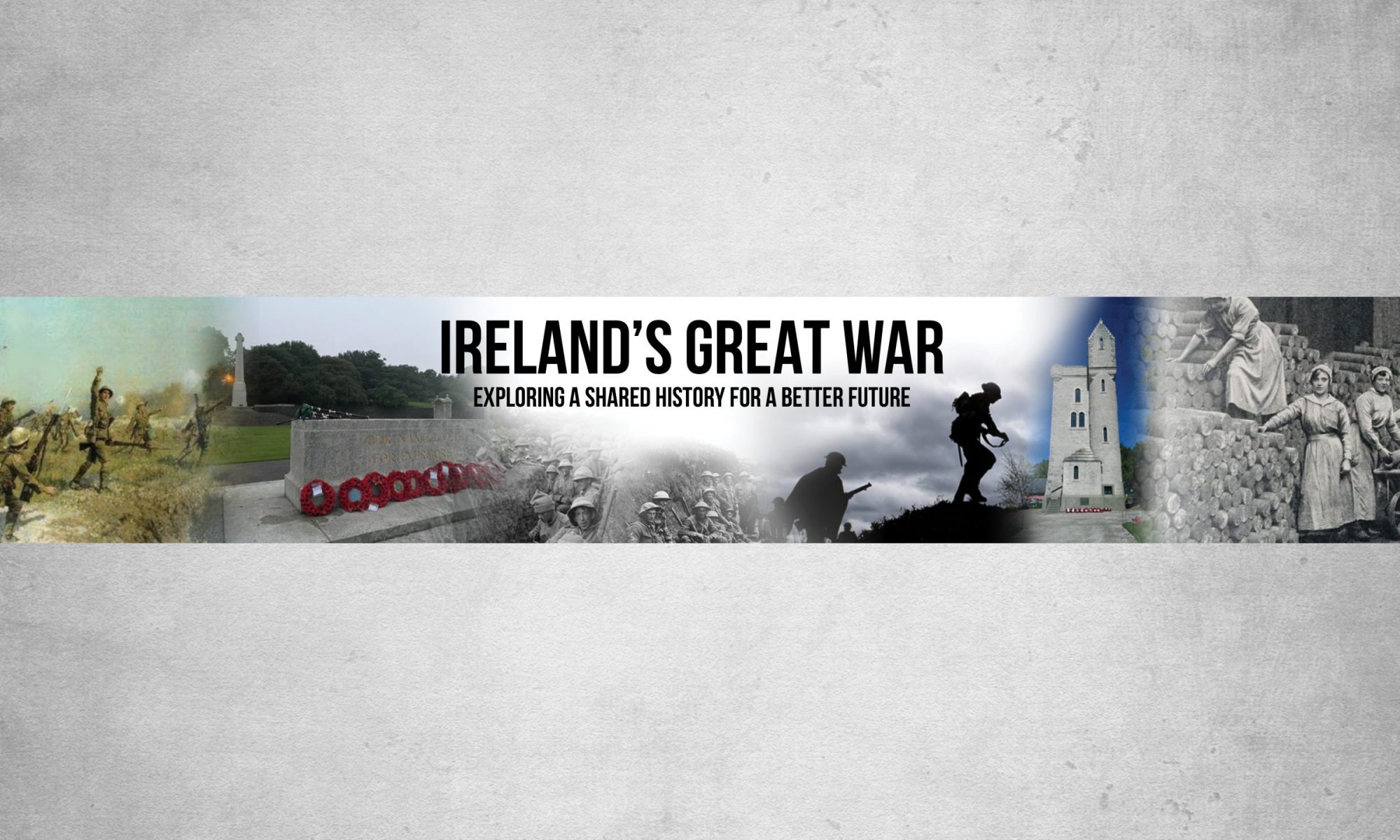Recruiting Sergeant Rory O’Cathain – 2nd Battalion Royal Irish Rifles
Sergeant O’Cathain is a long service career soldier joining up with the 86th (Royal County Down) Regiment of Foot when he was only a young teenager: he had lied about his age. Rory came from a poor Catholic working-class family in Belfast. The army and the regiment have been good to him. He has travelled to places most have never heard of. He served with the regiment in Gibraltar in 1864, Mauritius in 1867, and the Cape of Good Hope in 1870. The regiment returned home in 1875 and then Rory found himself in Bermuda in 1880 before the unit was amalgamated.
The Royal Irish Rifles was formed in 1881, under the Childers Reforms, with the amalgamation of the 83rd (County of Dublin) Regiment of Foot and the 86th Regiment of Foot. The regiment was one of eight infantry regiments raised and garrisoned in Ireland during this period. Its area consisted of Antrim, Down, Belfast and Louth, with its depot located at the Belfast Infantry Barracks (later renamed Victoria Barracks). The 83rd who were fighting in the Transvaal War (First Anglo-Boer War) at the time, became the new regiment’s 1st Battalion. The 86th became the new 2nd Battalion.
The regiment was then posted to Nova Scotia. In the early 1880s Muhammad Ahmad, the self-proclaimed Mahdi (the Guided One) proclaimed a Jihad and led an uprising in the Sudan, known as the Mahdi Revolt, against the Khedivate of Egypt. Protection of the Suez Canal was of great strategic importance and the 2nd Battalion and a detachment of the 1st Battalion were sent to the region. In early 1888, now Corporal O’Cathain and the 2nd Battalion was stationed at Alexandria in Egypt. On 13 December, 10 officers and 450 other ranks were moved with only one hour’s notice to garrison Cairo. The Cairo garrison, together with a Royal Irish Rifles mounted infantry platoon of two officers and 37 other ranks, commanded by Brigadier Francis Grenfell, was hastily sent to Suakin in the Sudan were fighting ensued, where the military commander was Colonel Herbert Kitchener.

Queenstown (Cobh). Image: Black and White Budget, 11 November 1899.
In October 1899, the Second Anglo-Boer War broke out between the British Empire and the independent Boer states of the South African Republic (Republic of Transvaal) and the Orange Free State. This was a harsh conflict with tough conditions. The Boers fought using guerrilla tactics. Now Sergeant O’Cathain and The Royal Irish Regiment were mobilised on 9 October and some 695 reported out of a total number recalled of 704. The remaining nine never appeared and were assumed to have died. The unit suffered badly at the Battle of Stormberg in December 1899, and on 3 April 1900 the regiment was forced to surrender to Orange Free State Commandant-General Christiaan de Wet after a siege at Reddersberg. In October 1905, a memorial was erected at Belfast City Hall in memory of the 132 who did not return.
On the outbreak of the Great War the regiment’s two regular battalions and three Special Reserve battalions were mobilised. In August the 1st Battalion was stationed in Aden (now Yemen). It was recalled and landed at Liverpool on 22 October 1914, it was then dispatched to Le Havre as part of the 25th Brigade, 8th Division in November 1914 for service on the Western Front. The 1st Battalion took part in the Battle of Neuve Chapelle in March 1915, the Battle of Fromelles in July 1915 and the Battle of Loos in September 1915 before taking part in the Battle of the Somme in September 1916. In August 1914, Sergeant O’Cathain was with the 2nd Battalion garrisoned at Tidworth, Wiltshire in England. On 14 August it landed in Rouen with 1,100 men as part of the 7th Brigade, 3rd Division.
In a very short period, the 2nd Battalion were in action at the Battle of Mons, Battle of Le Cateau, First Battle of the Marne, First Battle of the Aisne, Battle of La Bassée and the Battle of Messines. By September 1914, only 6 officers and 200 men were fit for duty. By October its strength was further reduced to two officers and 46 men and by the end of 1914, some 97% of the battalion had been killed, wounded or taken prisoner. The 2nd Battalion recovered and went on to take part in the First Attack on Bellewaarde and the Actions at Hooge, defence of Vimy Ridge in May 1916; took part in the Battle of the Somme with 75th Brigade making a costly attack near Thiepval on the 3 of July 1916; the Battle of Bazentin, the Battle of Pozieres and the Battle of the Ancre Heights. In 1917 they were in action at the Battle of Messines attacking between the Wulverghem-Messines and Wulverghem-Wytschaete roads. In the Third Battle of Ypres the battalion took part in the Battle of Pilkem. On 13 November 1917 the battalion transferred to 108th Brigade, 36th (Ulster) Division, absorbing the 7th Battalion. On 8 February 1918 the battalion transferred again to 107th Brigade, 36th (Ulster) Division. The 2nd Battalion were in action again on the Somme in the Battles of the Lys and the final advance in Flanders. At Armistice on 11 November the battalion were at Mouscron, north east of Tourcoing, where it remained and was demobilised by June 1919.
For Sergeant O’Cathain the war ended in the Winter of 1914. For the rest of the war, he toured Ireland with recruiting parties encouraging men to enlist and serve their King and country in defence of the poor people of Belgium.

Please note Sergeant Rory O’Cathain is a fictitious character. This production was made possible with support from The Minstrel Boys Living History Group, the Dep. of Culture, Heritage and the Gaeltacht and Donegal County Museum.




